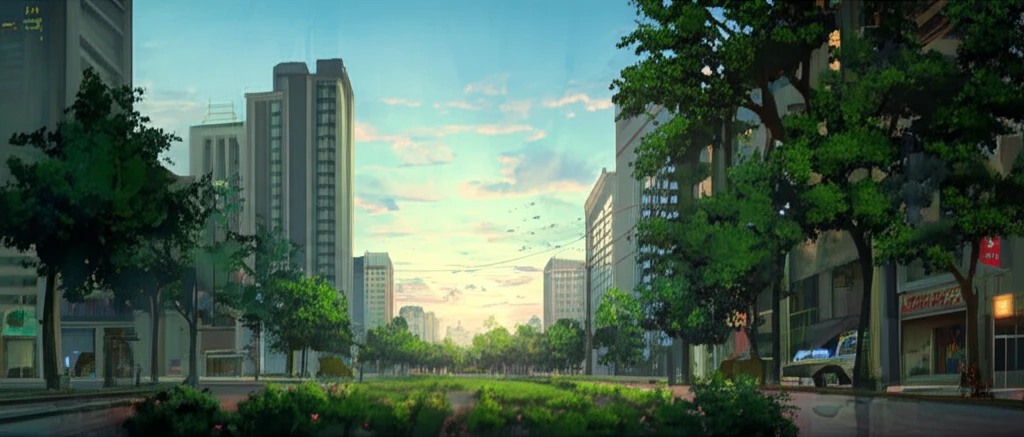
Building Green: How Sustainable Retrofits Can Save the Planet (and Your Wallet)
"Discover the power of Sustainable Energy Retrofit (SER) systems in transforming buildings into energy-efficient havens, boosting environmental benefits, and enhancing social well-being."
In an era defined by climate concerns and rising energy costs, the concept of building energy retrofits has gained significant traction. Beyond the traditional focus on economic efficiency, modern approaches consider the broader implications of environmental and social sustainability. This holistic perspective, often referred to as the triple bottom line (TBL), is revolutionizing how we evaluate and implement energy-saving projects in the built environment.
Integrating the TBL approach into energy retrofits means assessing projects based on their economic viability, environmental impact, and social benefits. This comprehensive evaluation helps decision-makers understand the complete picture of a retrofitting project, ensuring that it not only saves money but also contributes positively to the environment and the well-being of occupants and the broader community.
To facilitate this integrated approach, the concept of a Sustainable Energy Retrofit (SER) decision support system has emerged. This system aims to provide a structured framework for selecting optimal energy retrofitting strategies, maximizing TBL benefits for specific buildings. By considering economic, environmental, and social indicators within a multi-objective optimization model, the SER system offers a pathway to more sustainable and responsible building practices.
What is a Sustainable Energy Retrofit (SER) System?

A Sustainable Energy Retrofit (SER) system is a comprehensive decision-making tool designed to guide the selection of energy-efficient upgrades for buildings. Unlike traditional approaches that primarily focus on economic returns, SER systems integrate environmental and social considerations, ensuring a balanced and sustainable outcome. These systems help decision-makers navigate the complexities of retrofitting projects, enabling them to make informed choices that benefit both the building owner and the community.
- Economic Benefits: Reducing energy consumption and lowering operating costs.
- Environmental Impact: Minimizing greenhouse gas emissions and promoting resource conservation.
- Social Well-being: Improving indoor air quality, enhancing occupant comfort, and creating healthier living spaces.
The Future of Sustainable Building
Sustainable Energy Retrofit (SER) systems represent a significant step forward in promoting sustainable building practices. By integrating economic, environmental, and social considerations, these systems offer a comprehensive approach to energy retrofitting that benefits building owners, occupants, and the planet. As the demand for sustainable solutions continues to grow, SER systems are poised to play an increasingly important role in shaping the future of the built environment.
